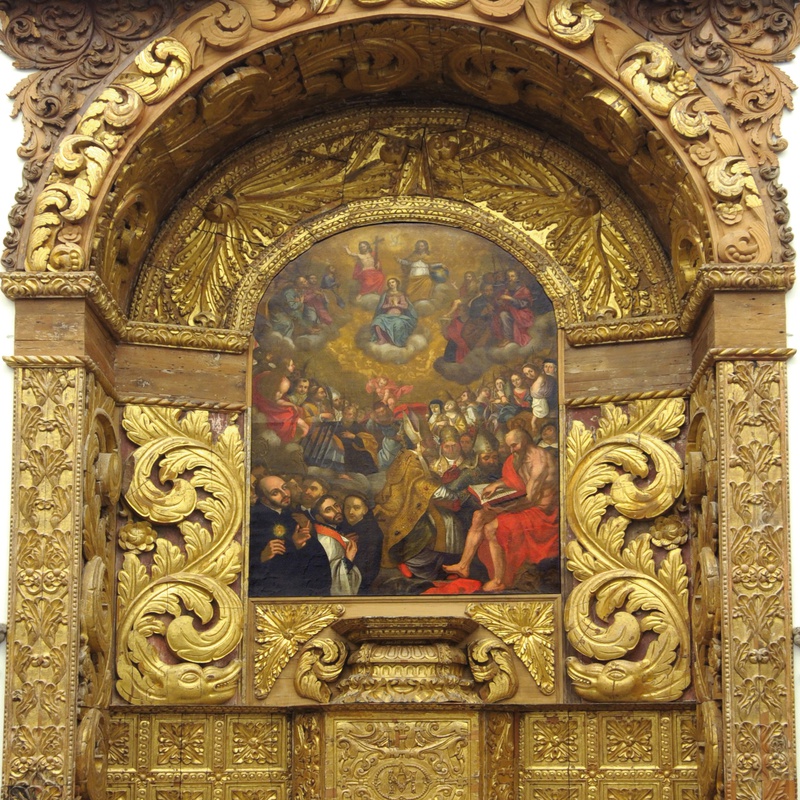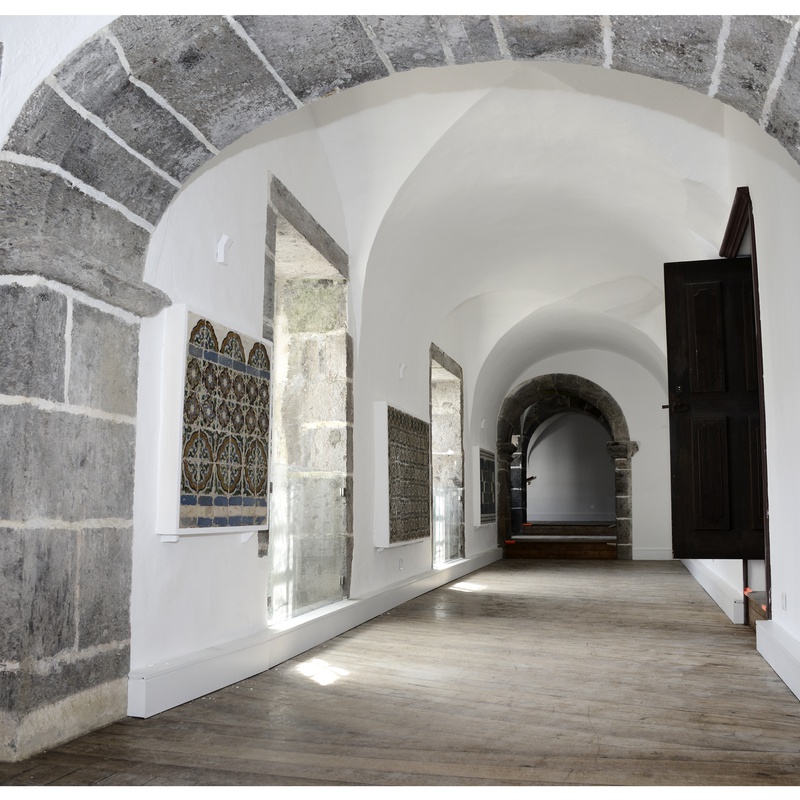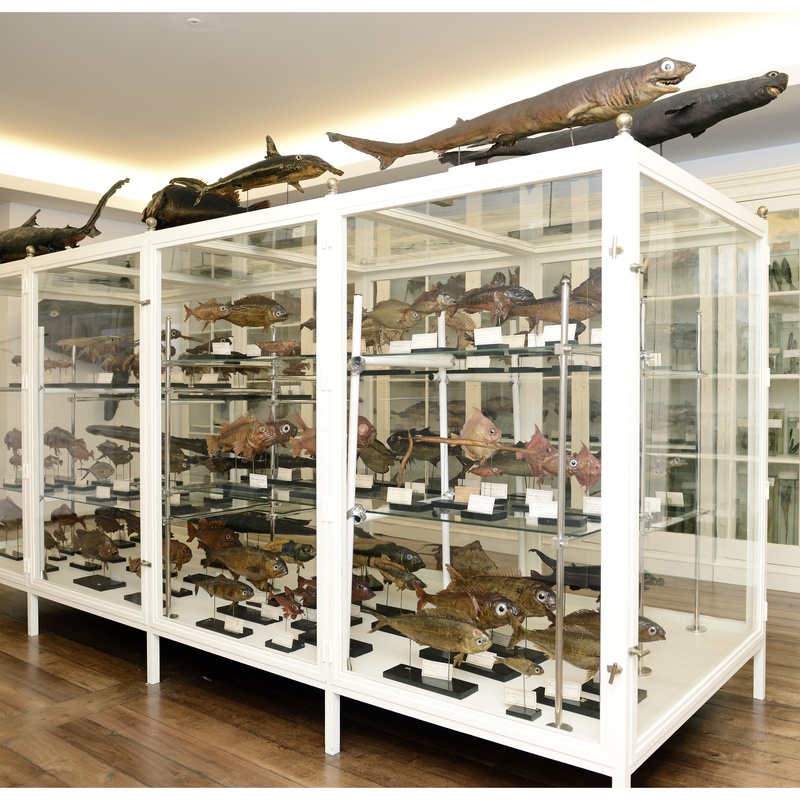O que fazem os Guardiães da memória quando os crentes regressam a casa? O que escutam quando o silêncio regressa? O que veem quando a luz se apaga e os Santos observam do altar? O que fazem os guardiães da memória quando as portas se fecham, as janelas de cobrem, as chaves rodam em fechaduras por onde as crianças espreitam? O que fazem os Guardiães da memória quando as preces e pedidos precisam (também eles) de encontrar quem os escute e os atenda? O que fazem todos aqueles que zelam por estátuas de madeira, por bancos feitos à medida, por estuques e cortinas de veludo?
O que fazem os Guardiães da memória quando os crentes regressam a casa? O que escutam quando o silêncio regressa? O que veem quando a luz se apaga e os Santos observam do altar? O que fazem os guardiães da memória quando as portas se fecham, as janelas de cobrem, as chaves rodam em fechaduras por onde as crianças espreitam? O que fazem os Guardiães da memória quando as preces e pedidos precisam (também eles) de encontrar quem os escute e os atenda? O que fazem todos aqueles que zelam por estátuas de madeira, por bancos feitos à medida, por estuques e cortinas de veludo?
O que fazem os Guardiães da memória, já poucos e cada vez menos, que protegem a luz da escuridão? E o que fazemos todos nós quando os vemos no remanso da saudade, na curva de uma estrada sinuosa, no fresco de uma manhã fria Inverno?
Pedimos-lhe as chaves, o olhar que entende sem fazer perguntas, o calor de um silêncio presente. Nessas pequenas casas, nesses pequenos espaços, nesses pequenos recantos perdidos na paisagem. Onde todos regressamos e onde todos deixamos que eles guardem a memória que só eles sabe guardar.

The Sacred Art circuit focuses on the old College Church, where the lush façade, the resplendence of the altarpiece of the main altar, as well as the collection of 17th century tiles are assumed as a whole, in a unique monument of Baroque style. To this is added a gallery with a diversified collection where pieces from the 16th century stand out, as well as a valuable collection of works with a religious theme.

This tour presents the architectural characteristics of past convent buildings, but also the diversity of spaces, their dynamics and purposes, as well as exploring the way of life of the Poor Clares belonging to the female branch of the Order of Friars Minor, founded by Saint Francis of Assisi.

The Natural History Circuit presents a naturalist collection that was the basis for the Museum. It is distributed over 8 rooms where diversity, knowledge and the exotic, along with different fields of scientific knowledge, are exhibited, with special importance to zoology, geology, mineralogy and botany.